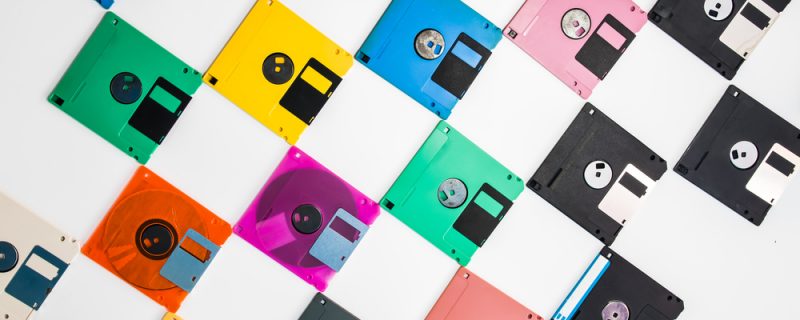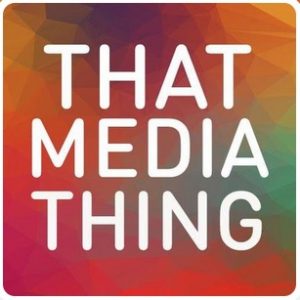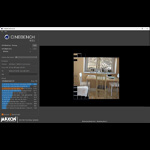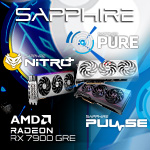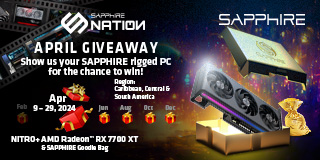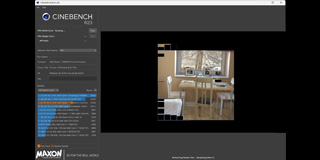
Technology moves so fast these days, it’s easy to forget that computing used to be slower, bigger and far fiddlier than most people remember.
As Apple kills off the 3.5mm headphone jack on the iPhone 7, we take a moment to remember the other old technology standards that got us to where we are today.
Wind the clock back ten years and you might have owned a PC with an Intel Core 2 Duo processor and a classic ATI Radeon X1950 XTX inside. Serious gamers might have Y-cabled this graphics card together with a Radeon X1950 XTX CrossFire Edition card, applying Alternate Frame Rendering to games like Call of Duty 2 and Quake 4.
Around the back of a 2006 PC, you’d see an array of ports that modern computers now lack. Various incarnations of the do-it-all USB standard have consigned the old PS/2 keyboard and mouse connectors, classic 25-pin parallel printer interface and the joystick-friendly 15-pin game port to the technology dustbin.
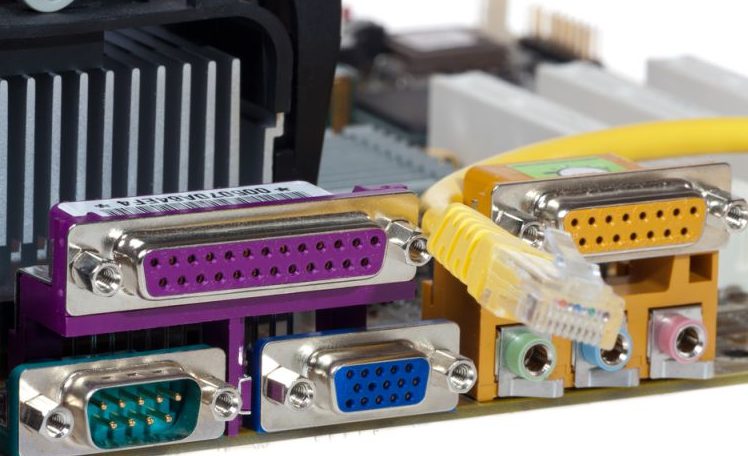
Parallel (purple), Serial (green) and Game (yellow) ports. Image copyright: Shutterstock/Thomas Klee
Ten years ago, one of the major considerations people had when choosing a desktop PC was whether it had enough expansion slots. Tower cases might come with four 5.25-inch bays and two 3.5-inch slots. The Alienware Aurora 7500, tested by Trusted Reviews in 2006, filled these with a dual-layer DVD Writer, a DVD-ROM drive and a 3.5-inch floppy unit.
Remembering the floppy disk
Before CD and DVD came along, floppy disks were the only way to install new software onto a PC. The bigger the program, the greater the number of floppy disks required. Installations could take hours, a process that involved laboriously swapping 1.44MB disks in and out to transfer files to a PC’s hard drive.
The original Wing Commander game came on six disks. Microsoft Office 97 Professional edition spanned a demoralising 55! No, we don’t miss the old 3.5-inch disk drive one bit.
The demands of PC storage have seen many formats come and go. DVD embraced a confusing array of DVD-R, DVD+R, DVD-RW, DVD+RW and DVD-RAM options; the MP3 killed off Sony’s MiniDisc; while superfloppy formats like the Iomega ZIP drive ultimately failed because they were just too expensive and CD trumped them for convenience.
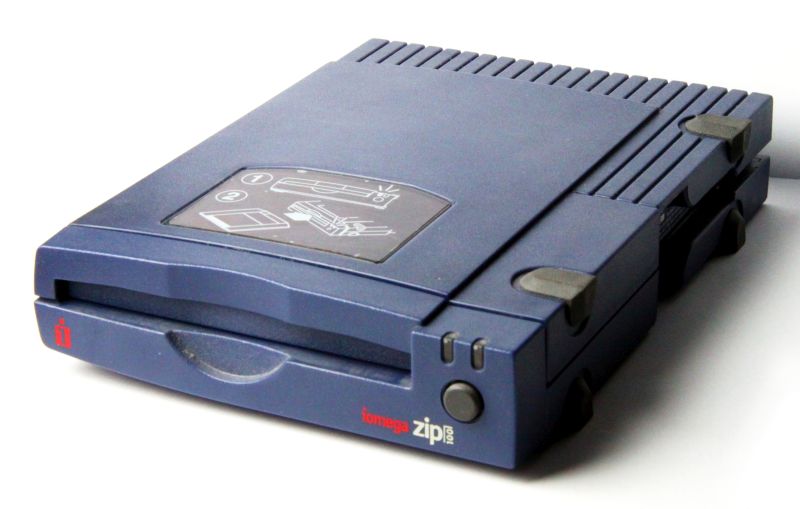
The Iomega ZIP drive. Image copyright: Morn, used under license from commons.wikimedia.org
Jump back another ten years to 1996 and PC specifications were even simpler. There was no DVD (that was released in 1997); no USB (version 1.1 didn’t launch until 1998); and no broadband (the first UK ADSL connection rolled out in 2000).
An age of ‘sometimes-on’ internet
The best you could hope for was a system loaded up with an Intel 486 or Pentium processor, a 2GB hard drive, ATI 3D RAGE graphics card and a ‘sometimes-on’ 33.6k dial-up modem.
Yet even this seems positively speedy if you rewind another decade. Back in 1986, IBM announced its IBM PC-XT 286 (aka IBM 5162). Equipped with a 6MHz 80286 CPU, it came with 640KB of RAM, a 1.2MB floppy drive and a 20MB hard drive. And it could be yours for a mere $4,000.
The Y-cable, PS/2 jack, parallel printer interface, game port, 3.5-inch floppy disk, MiniDisc, ZIP drive and the dial-up modem all have a place on computing’s hall of fame. The old headphone socket is poised to join them. The question we should be asking now, is what’s next?





